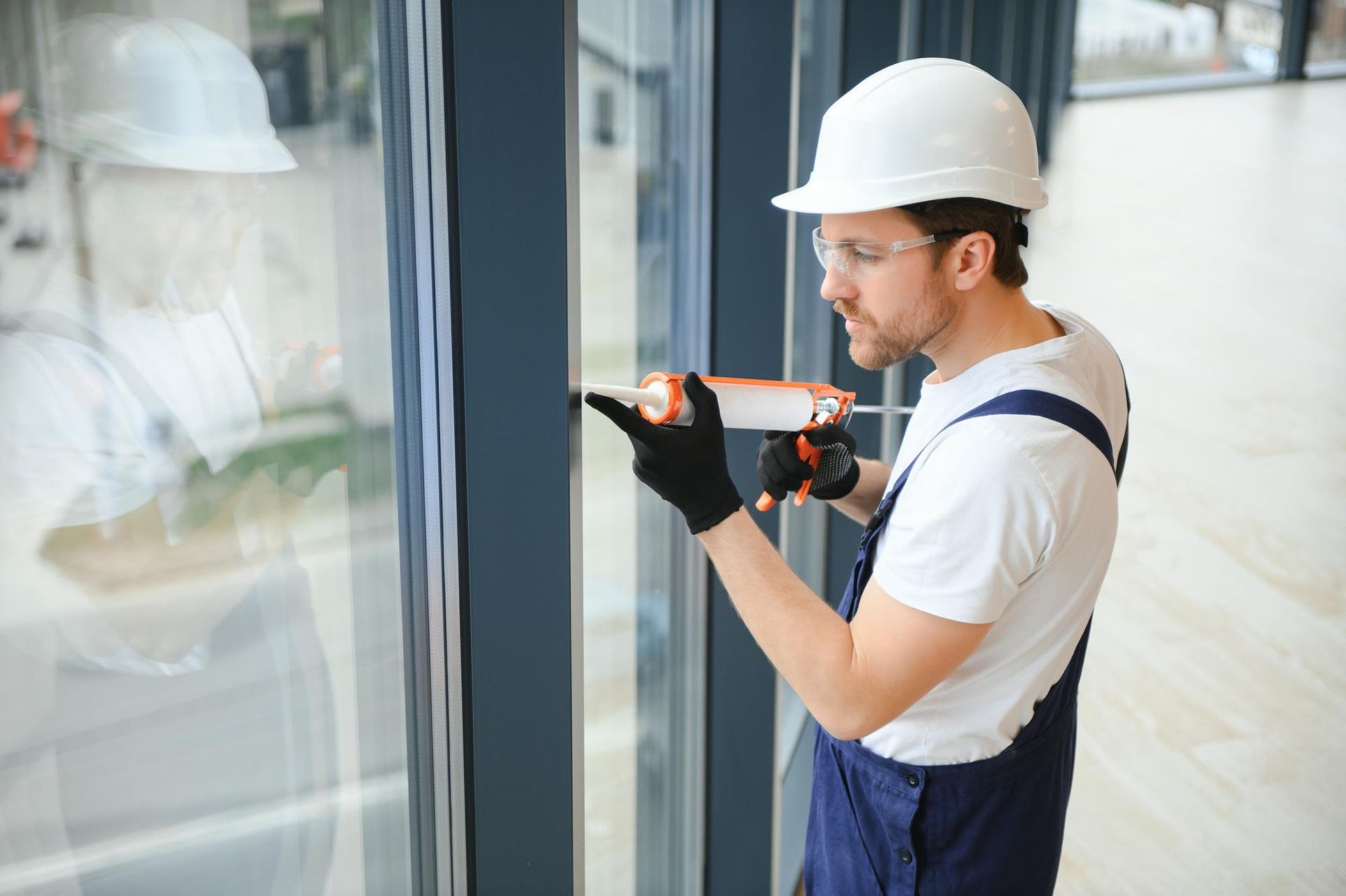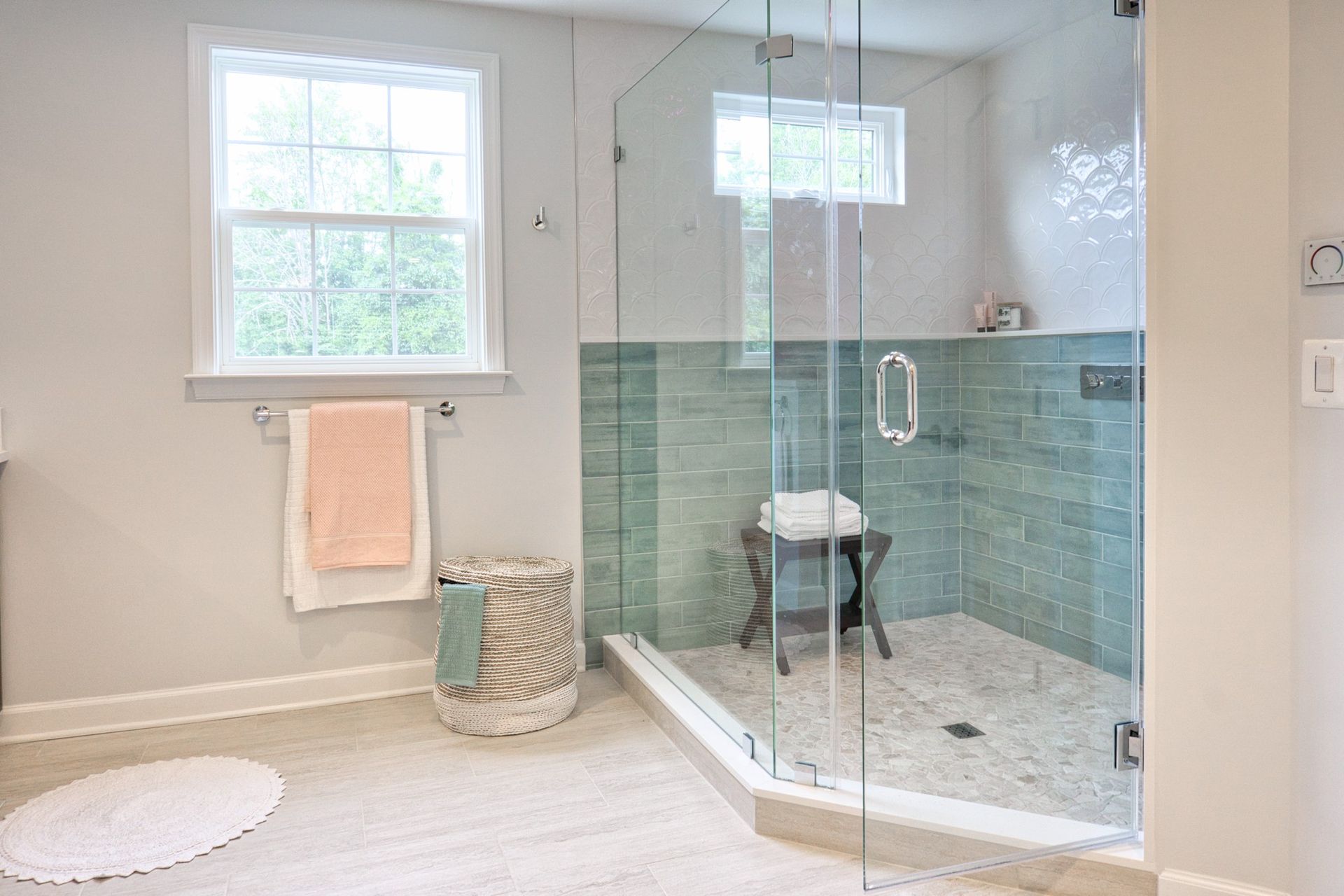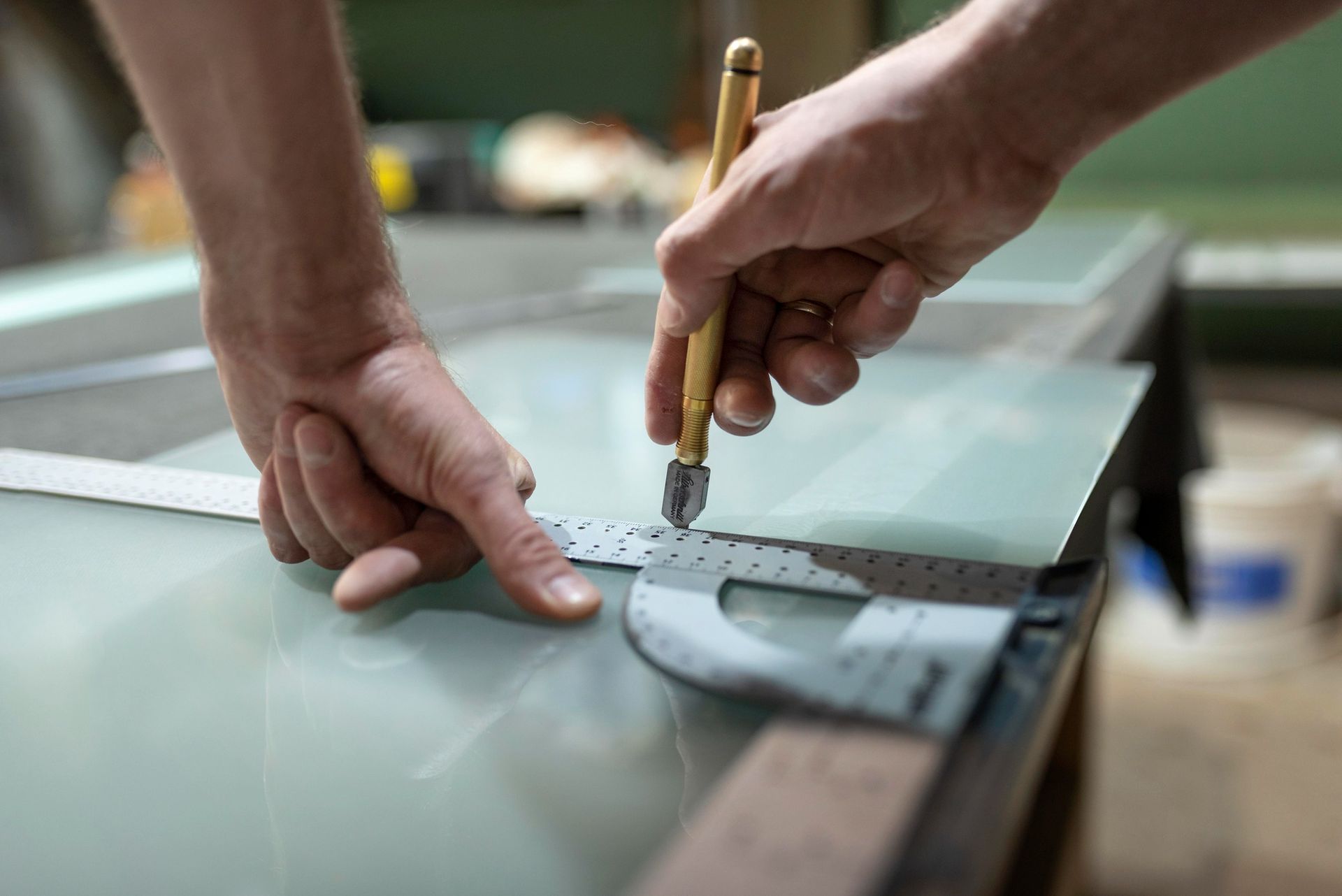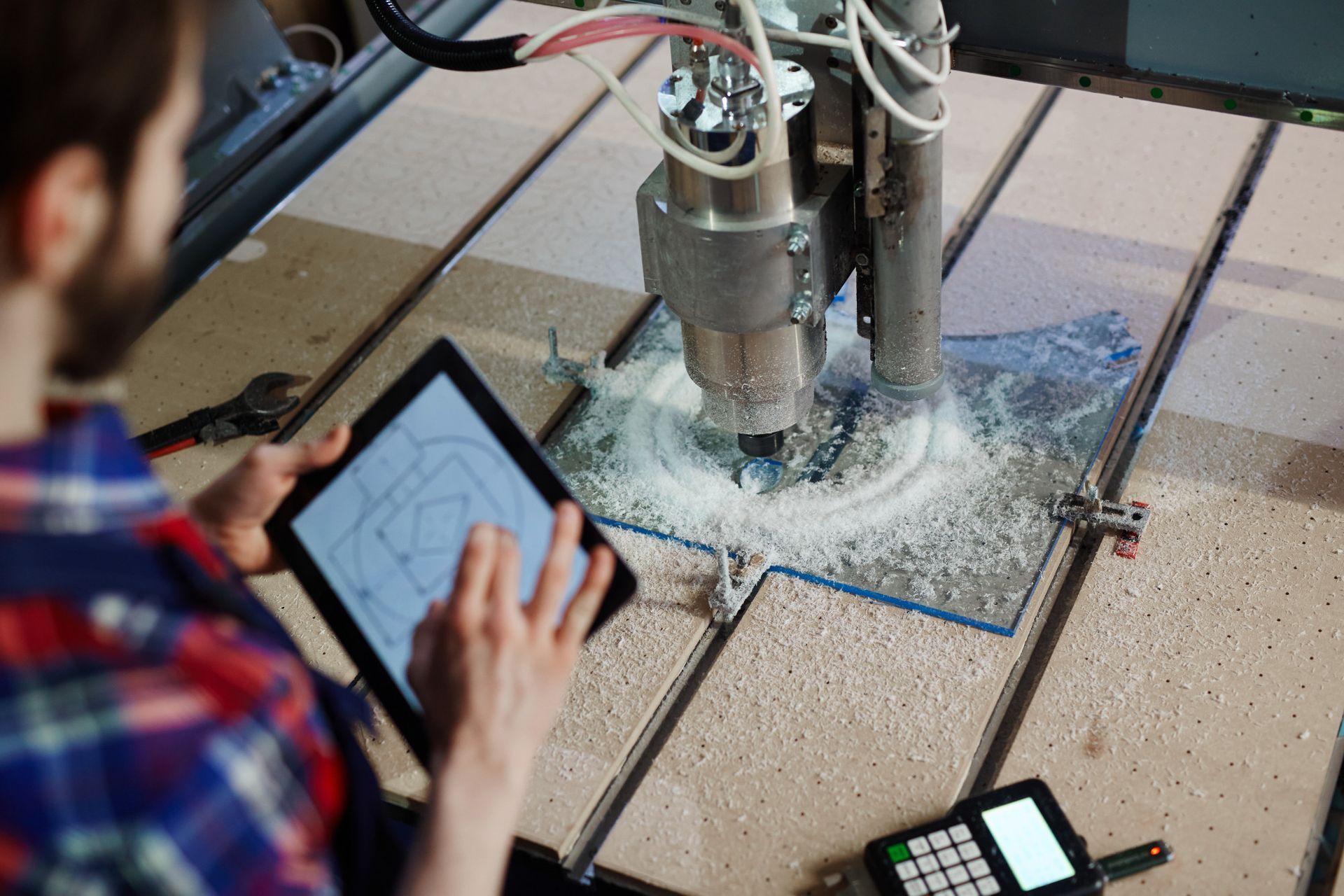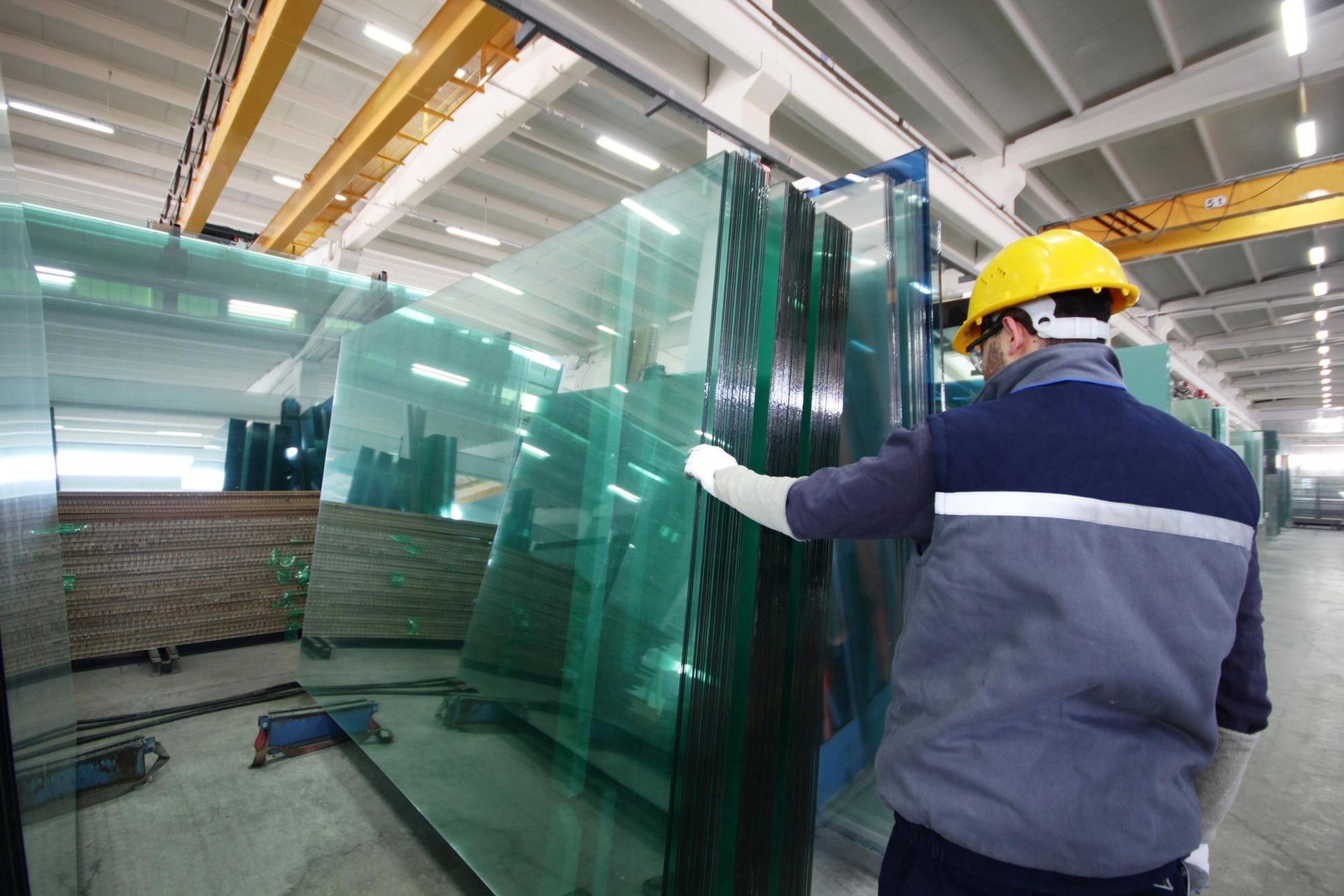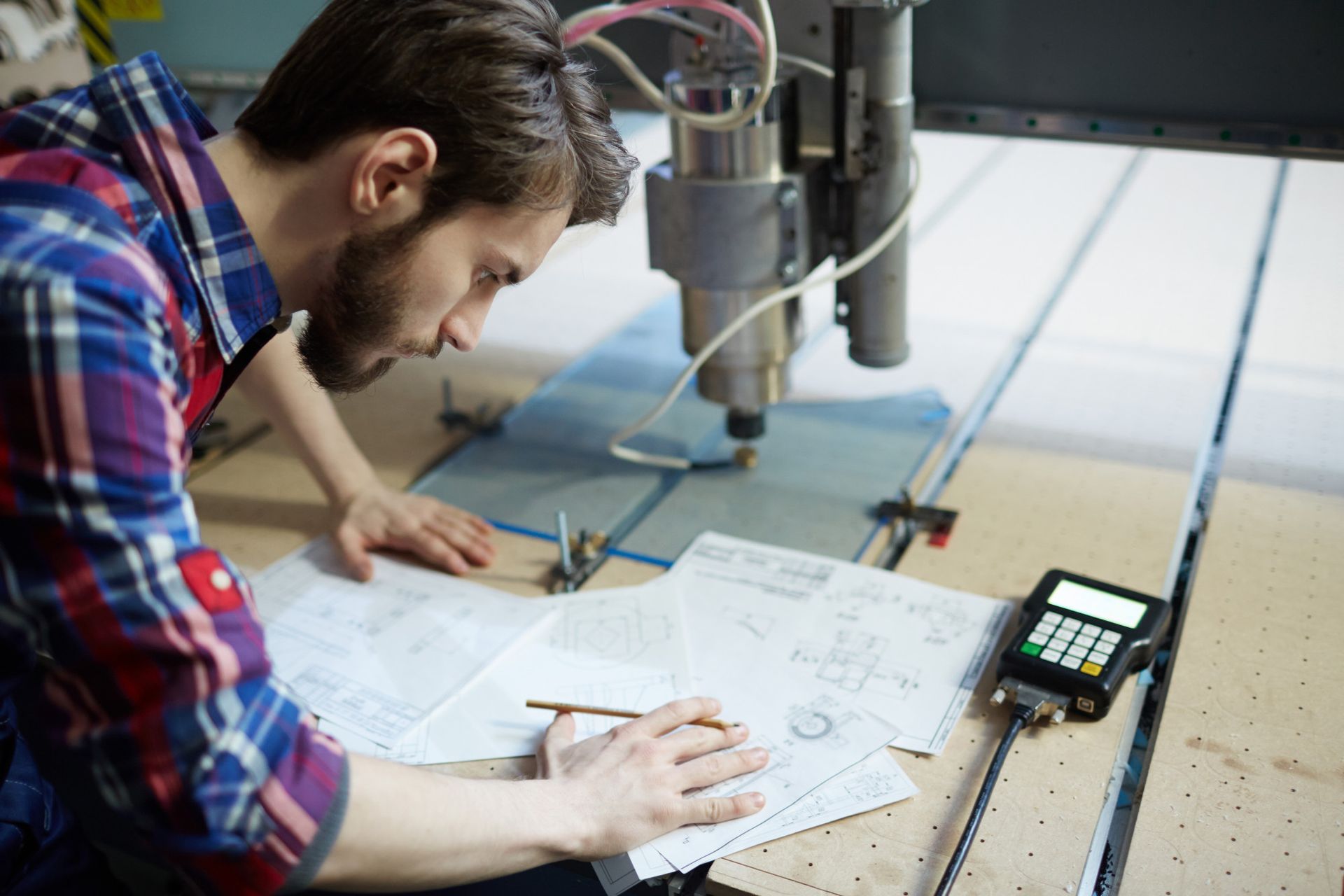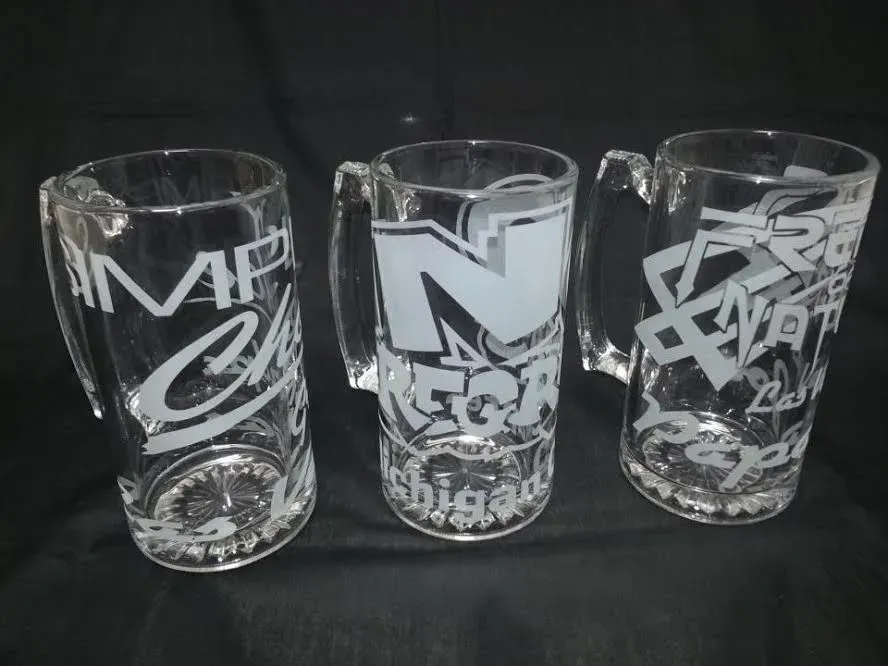Expert Glass Etching: Tips for Stunning Interiors.
Imagine transforming plain glass surfaces in your home into stunning pieces of art that not only enhance your interiors but also reflect your unique style. This magical transformation is possible through the art of etching glass, an age-old technique that has been beautifying spaces for centuries. Etching glass is more than just a decorative element; it's a way to bring a personal touch to your environment, creating intricate patterns and designs that catch the eye and spark conversations. Whether it's a majestic scene on a window or a delicate pattern on a mirror, the possibilities are endless, and we're here to guide you through every step of this exciting journey.
Understanding Glass Etching
Etching glass involves creating designs on the surface of glass by using abrasive materials or chemicals to roughen it up in a controlled manner. This technique can be traced back to the Middle Ages, but it has evolved significantly over time, adapting to modern tastes and interior design trends. There are several methods to etch glass, each with its own unique appeal. Acid etching, for example, uses a corrosive chemical to create frosted patterns on the glass, offering a subtle and elegant look. Sandblasting, on the other hand, involves blasting fine particles at the glass to achieve deeper, more pronounced designs. For those looking for a safer, DIY-friendly option, cream etching provides a simple yet effective way to achieve beautiful results right at home.
Design Inspiration and Planning
Choosing the right design for etching glass is crucial, as it sets the tone for the entire piece. The design can range from simple geometric patterns to intricate floral motifs, depending on your personal style and the overall aesthetic of your space. Consider the function of the glass surface you're working with; a door might benefit from a more private, opaque design, while a decorative mirror could feature lighter, more open patterns. Planning your design carefully is key, as it ensures a smoother etching process and a more satisfying final result.
Preparation and Safety Measures
Before diving into the etching process, it's important to prepare the glass surface and ensure all necessary safety measures are in place. Cleaning the glass to remove any dirt, oils, or residues is essential for a clear, flawless finish. Equally important is your safety, especially when working with chemicals or machinery. Wearing protective gear, such as gloves and goggles, and ensuring proper ventilation can prevent accidents and ensure a safe and enjoyable etching experience.
The Etching Process
Diving into the etching process, it's essential to understand that whether you choose acid etching, sandblasting, or cream etching, each method requires careful preparation, execution, and attention to detail to achieve the best results.
- Acid Etching: Acid etching involves applying a corrosive chemical to the glass surface to create a frosted pattern. This method is known for its precision and ability to produce fine, intricate designs. The process starts with thoroughly cleaning the glass to remove any contaminants. A resist, which can be a stencil or a hand-drawn design using a resistant substance, is then applied to the areas of the glass that you want to remain clear. The acid is carefully applied to the exposed areas, and the reaction time is closely monitored to achieve the desired effect. Once the etching is complete, the glass is neutralized with a basic solution, thoroughly rinsed, and dried. The resist is removed, revealing a beautifully etched design.
- Sandblasting: Sandblasting offers a more hands-on approach to etching glass, allowing for varying depths and textures. The process begins with covering the glass with a resistant stencil that outlines your design. The unprotected areas are then exposed to a high-pressure stream of abrasive material, such as fine sand, which gradually wears away the surface, creating the etched effect. The depth of the etching can be controlled by the sandblasting pressure, the type of abrasive used, and the duration of exposure. After sandblasting, the glass is cleaned to remove any remaining abrasive particles and the stencil, unveiling the etched design.
- Cream Etching: Cream etching is the most accessible method, ideal for DIY enthusiasts and those working on smaller projects. The process starts with a clean, dry glass surface. A stencil is applied to the glass, and a thick layer of etching cream is spread over the desired etching area. The cream is left on the surface for a specified time, usually between 5 to 15 minutes, depending on the manufacturer's instructions and the desired depth of the etch. After the reaction time, the cream is removed, and the glass is washed with water. The stencil is then peeled off, revealing the etched pattern.
Tips for a Successful Etching Process
Always wear protective gear, including gloves and eye protection, especially when working with acid or sandblasting equipment. Ensure your work area is well-ventilated, particularly when using acid or etching cream. Practice your design on a scrap piece of glass to refine your technique and adjust the etching time or sandblasting pressure as needed.
For more intricate designs, consider using a vinyl cutter to create precise and detailed stencils.
After etching, clean the glass thoroughly to remove any residues or leftover substances, ensuring the clarity and beauty of your design shine through.
The etching process, regardless of the method chosen, allows for a high degree of customization and creativity. By understanding the nuances of each technique, you can select the one that best suits your project's needs and personal preferences, leading to stunning, personalized glass artwork that enhances any space.
Finishing Touches and Maintenance
Once the etching process is complete, adding finishing touches can elevate the look of your etched glass. This might include polishing the edges or adding a frame to enhance its appearance. Maintaining etched glass is straightforward; regular cleaning with non-abrasive materials will keep it looking pristine and allow the beauty of your work to shine through for years to come.
Creative Applications in Interiors
Etched glass can be incorporated into various elements of interior design, from functional pieces like shower doors and room dividers to decorative items like mirrors and glass artwork. Each application offers a unique opportunity to enhance the aesthetic appeal of your space, blending functionality with artistry in ways that are both beautiful and practical.
Advanced Techniques and Trends
For those looking to take their glass etching skills to the next level, exploring advanced techniques and staying abreast of current trends can offer new challenges and inspirations. Multi-stage etching, for example, allows for the creation of more complex, layered designs, while using stencils can help achieve intricate patterns with precision.
Conclusion
Etching glass is an art form that offers endless possibilities for personalizing and enhancing your interiors. Whether you're a seasoned professional or a curious beginner, the world of glass etching is rich with techniques, designs, and applications waiting to be explored. With a bit of creativity and the right approach, you can transform ordinary glass into extraordinary works of art that reflect your personal style and add a touch of elegance to any space.
At Glass Impression, located in the heart of Las Vegas, NV, we pride ourselves on being at the forefront of this exquisite craft. With years of experience under our belts, we've mastered the art of glass etching, offering a wide range of services to meet your every need. Whether you're looking to add a personalized touch to your home decor or seeking unique design solutions for commercial spaces, we're here to bring your vision to life.
Our team of skilled artisans uses a blend of traditional techniques and modern technology to create stunning glass pieces that are truly one-of-a-kind. From intricate door panels and elegant room dividers to bespoke shower enclosures and decorative mirrors, we ensure that every project we undertake is executed with the utmost precision and care.
Understanding the unique needs and preferences of our clients is at the core of what we do. That's why we offer personalized consultations to discuss your ideas and translate them into beautiful glass artworks. We're committed to providing exceptional service and delivering results that not only meet but exceed your expectations.
If you're in Las Vegas and looking to explore the beautiful world of glass etching, look no further than Glass Impression. Give us a call at 702-257-3111 to schedule your consultation today. Let us help you make a lasting impression with stunning etched glass that elevates the beauty of your space.
FAQ’s
What is the best method for beginners to start etching glass?
For beginners, cream etching is often the best method to start with. It requires fewer tools and is safer than acid etching or sandblasting. Etching cream is readily available at craft stores, and the process can be done with simple stencils and basic protective gear.
Can etched glass be cleaned like regular glass?
Yes, etched glass can be cleaned like regular glass, but it's important to use non-abrasive cleaners. Abrasive cleaners or pads can scratch the glass further, affecting the clarity and appearance of the etched design. A soft cloth and a gentle glass cleaner are usually sufficient.
Is it possible to remove or undo an etching on glass?
Once the glass has been etched, the process cannot be reversed because the glass surface has been permanently altered. However, if the etching is not deep, it might be possible to polish the glass professionally to reduce its appearance. For deep etches, the only solution might be to replace the glass.
How long does the etching cream need to stay on the glass?
The duration can vary depending on the brand of etching cream and the desired depth of the etch. Typically, the cream should stay on the glass for about 5 to 15 minutes. Always follow the instructions provided with the etching cream for the best results.
Can etching glass weaken it and make it more prone to breaking?
Etching glass does not significantly weaken the glass or make it more prone to breaking under normal conditions. The etching process affects only the surface of the glass. However, if the glass is etched deeply with methods like sandblasting, it might slightly reduce the glass's resistance to impact.

